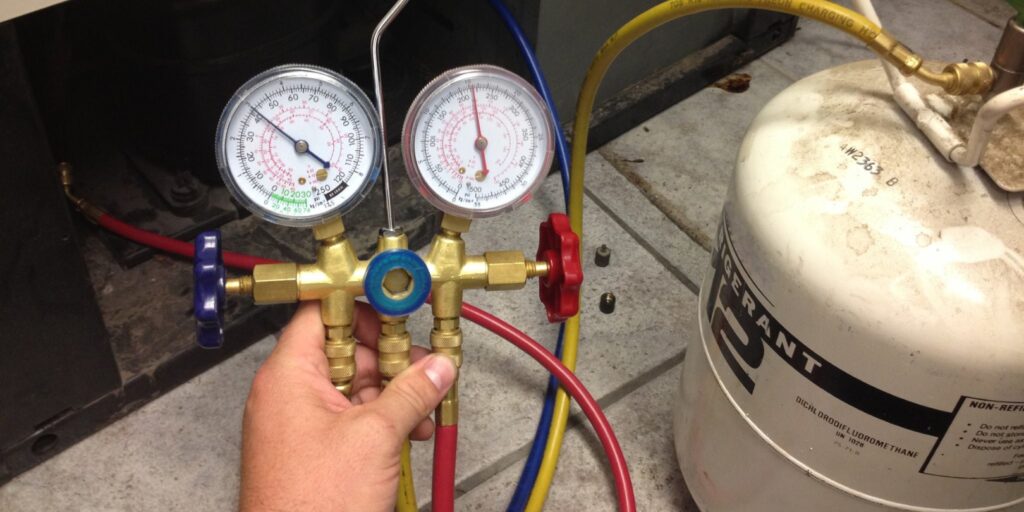How To Use an Air Compressor: Steps and Safety Tips for Beginners

Air compressors are an invaluable tool for DIYers and professionals alike. Whether you’re using one to power your tools or just to inflate a tire, air compressors can make jobs much easier. Many people don’t understand how to properly use an air compressor, which can lead to accidents or injury.
In this post, we’ll teach you the basics of using an air compressor, from connecting it safely to maintaining and storing it. We’ll also provide you with some safety tips for using your air compressor. With these tips, you’ll be able to safely and easily use your air compressor for all your DIY projects.
What Is an Air Compressor?
An air compressor is a device that compresses air in a tank or cylinder to create pressurized air. The pressurized air can power pneumatic tools for various applications. Most compressors also come with a regulator that allows the user to adjust the amount of pressure coming from the device. There are many types of portable air compressors available on the market.
Benefits of Using an Air Compressor
There are many advantages to using an air compressor. Compressed air is much more efficient for powering tools than electricity or batteries. An air compressor does not require cords or cables, which makes them more convenient and safer to use in potentially hazardous areas such as construction sites. Portable air compressors don’t need any particular electrical outlets either.
Tools Needed for Working With an Air Compressor
Before starting work with your portable air compressor, it’s critical to ensure that you have all the required safety items, like goggles and heavy-duty gloves. Ensure that your hoses are free from any cracks or damage before attaching them to the device, and always replace them regularly to prevent any leaks from occurring while working with the device.
Using Your Air Compressor
Using your portable air compressor is simple once you have the right equipment in place. Start by turning on the gas or electric motor that powers your compressor and adjusting the pressure regulator according to your needs. Never exceed your tool’s maximum pressure requirement, as this can cause damage or injuries. After setting everything up, attach your tools to the appropriate fitting on your hose and start working away.
Troubleshooting Common Air Compressor Problems
It is crucial to be aware of potential issues that may arise while using a portable air compressor and how best to resolve them quickly and safely. Common problems include leaks from hoses or fittings, pressure drops due to clogged filters, lack of power from electric motors, and uneven pressure output due to incorrect settings on pressure regulators. If you find any of these issues while using your air compressor, you must take swift action to prevent further problems from occurring.
Steps To Maintaining an Air Compressor
Maintaining your portable air compressor can help ensure its longevity. Regularly check hoses for any cracks or damage and replace filters when needed to prevent potential blockages. You must store your portable air compressor away from extreme temperatures and keep it clean from dirt or debris by occasionally wiping down its surfaces with a damp cloth. All these steps will help ensure that your portable air compressor remains in good condition throughout its lifespan and provides years of reliable use when correctly set up and maintained with care according
Using an air compressor can make many tasks more accessible and efficient, but it can also be dangerous if not used correctly. With the advice in this guide, you should now have the knowledge and skills to use an air compressor safely and with confidence. Before you begin any project that involves an air compressor, make sure you’re familiar with the instructions and safety precautions. With these tips in mind, you’ll be able to get more out of your air compressor while keeping yourself and your equipment safe.
